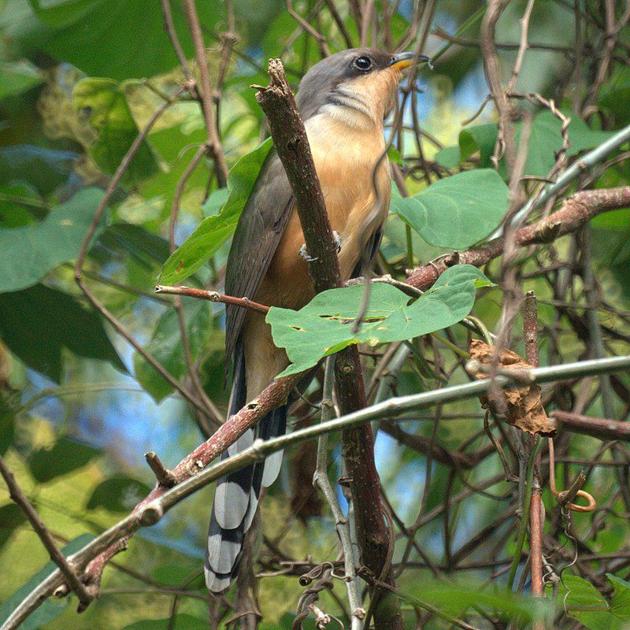
Write about the rare bird alert my younger daughter suggested at a family get together when I said I needed a subject for an article. “But the rare bird alert is no longer active,” I said.
“Then write about what it used to be,” my daughter said.
The rare bird alert. It was a way birders let each other know about a rare bird. Whenever a member of a rare bird alert saw or was told about a rare bird he or she phoned designated other birders and told them. They, then, phoned certain other birders and told them.
I could have used the rare bird alert last January when I saw the flicker I thought. I was sitting at the dining room table eating breakfast and watching the birds flying in and out to the feeders outside the window, of course, when a flicker flew in and landed on the peanut bird feeder. I had never seen a flicker in northern Indiana in winter before nor had I ever seen a flicker at a bird feeder, certainly not a peanut feeder. Flickers don’t eat peanuts.
The flicker didn’t stay long, just seconds, but it shouldn’t have been there at all. It should have been somewhere well to the south. But there it was, a rare bird in winter in northern Indiana.
There was a time when I would have initiated the alert, phoned other birders and told them about the flicker. I’d have invited the birders I called to come and see the flicker and the birders I called would have called other birders who were members of the rare bird alert.
One of the enjoyments of bird watching is to see rare birds, especially species we have never seen before. Getting together to see a rare bird is also a time to socialize, to visit with other birders, to boast about any rare birds each of us has seen recently.
A bird that is few in number is a rare bird of course. A bird that is out of its normal range is also a rare bird. The most rare bird I ever saw, probably, was a bird that was out of its normal range, far out. It was a great kiskadee. This is a bird of “south of the border,” a bird of Mexico. A few live north of the border, in extreme southern Texas.
A great kiskadee is a strikingly marked and colored bird. It has black and two white stripes on the top of its head. Its bill is black and it has a black line through each eye. Its back, wings and tail are brown. Its breast and belly are bright yellow. It’s slightly smaller than a robin.
I saw a great kiskadee in Northern Indiana, about a mile and a half from my home. It was the only great kiskadee ever seen in Indiana, the only one ever seen that far north, or east.
Two rare birds I’ve looked for but failed to see were mangrove cuckoo in Florida and Colima warbler in the mountains in southwest Texas. My memory of the search for the mangrove cuckoo is very aggravating.
I met a man with binocular, assumed he was a birder, which he said he was, and asked him if he was looking for a mangrove cuckoo. He said he was and that he had seen one “right over there, just a few minutes ago. But it flew just before you got here.”
The rare bird alert is something of the past. In its place I have the computer internet. I get more reports, one or more every day, and I get more information over the internet.
But I miss the personal contact of the rare bird alert.
"bird" - Google News
March 10, 2021 at 09:36PM
https://ift.tt/3v9ouKZ
Remembering the rare bird alert | Albion New Era - KPCnews.com
"bird" - Google News
https://ift.tt/2s1zYEq
https://ift.tt/3dbExxU
Bagikan Berita Ini















0 Response to "Remembering the rare bird alert | Albion New Era - KPCnews.com"
Post a Comment